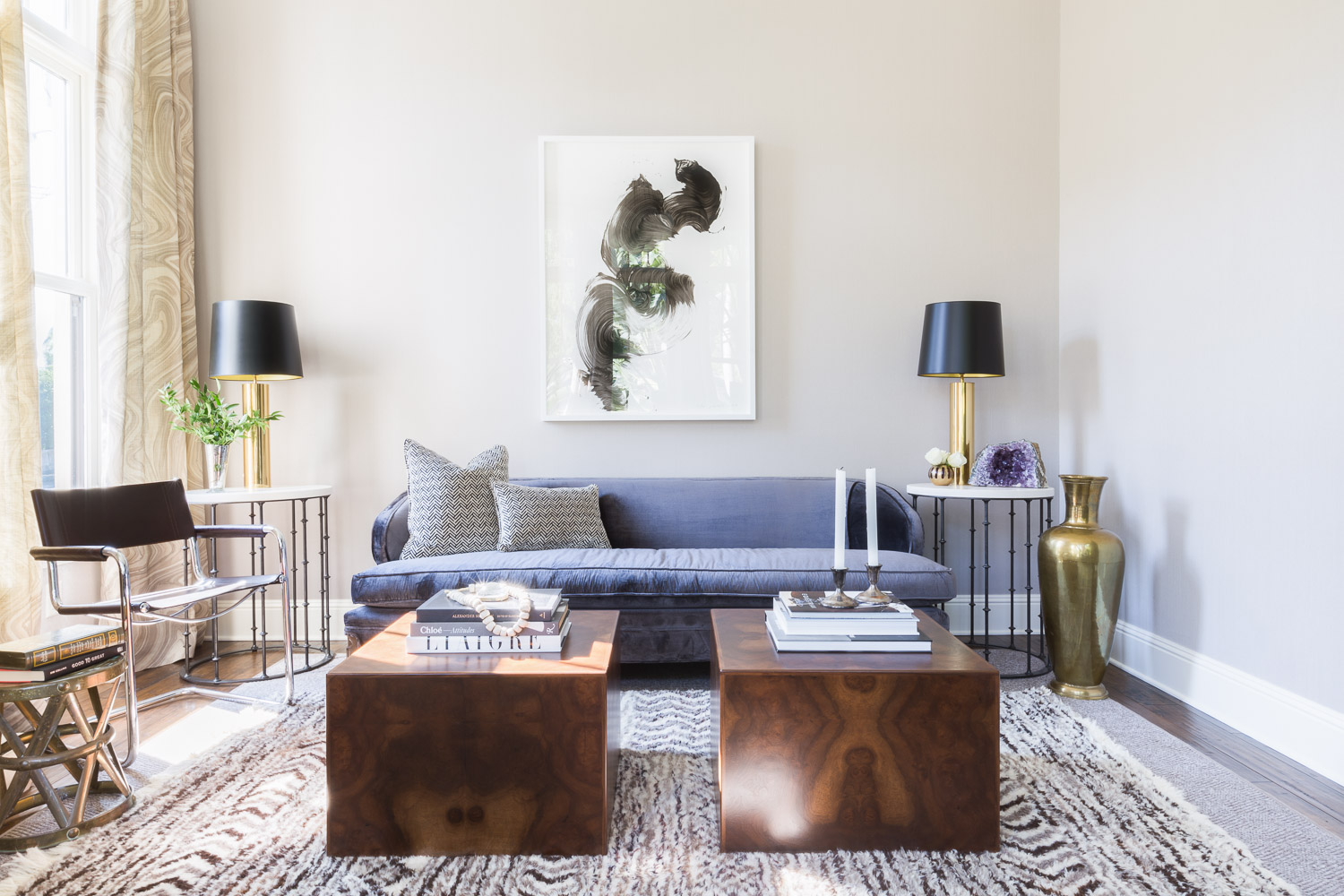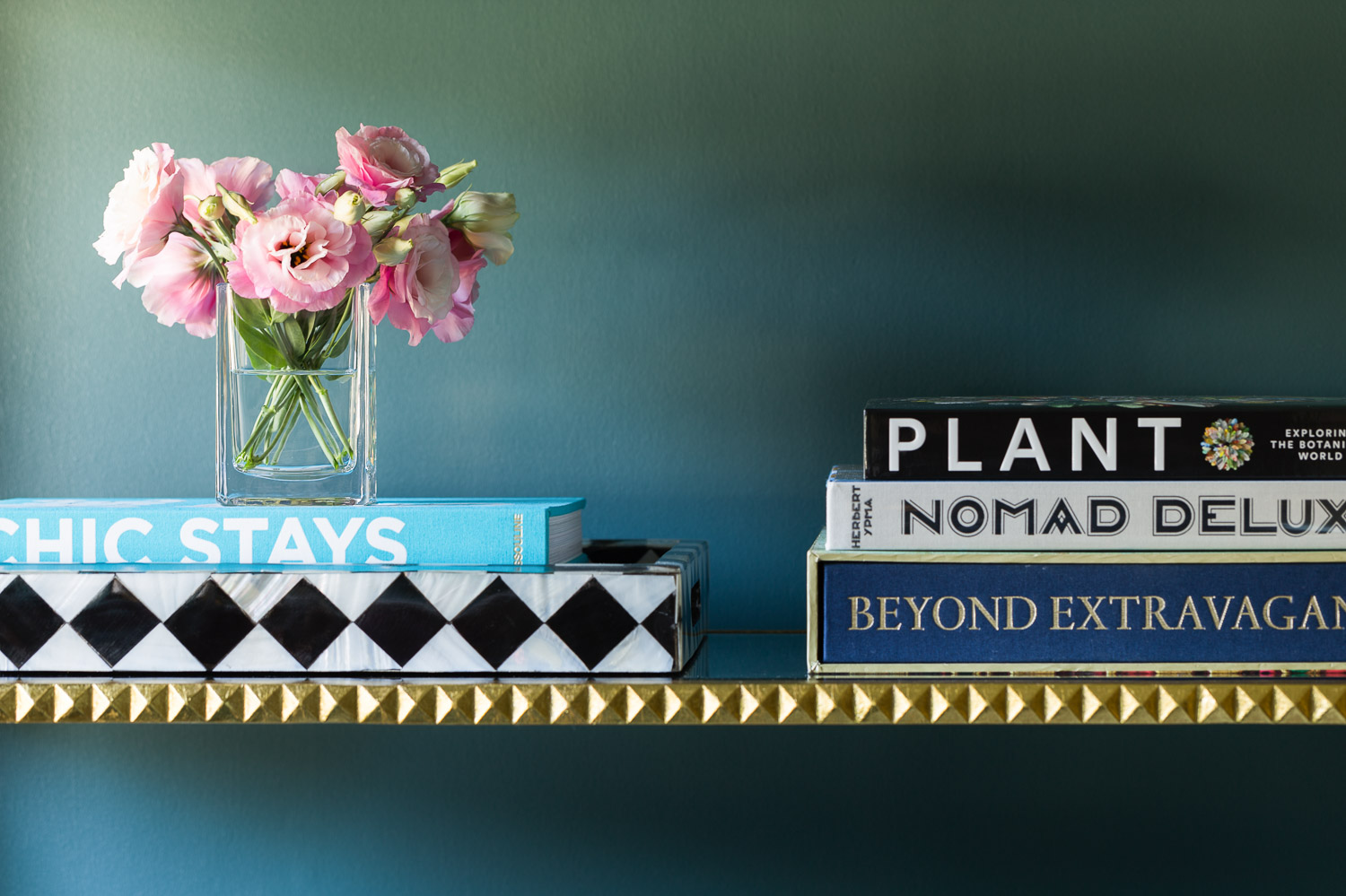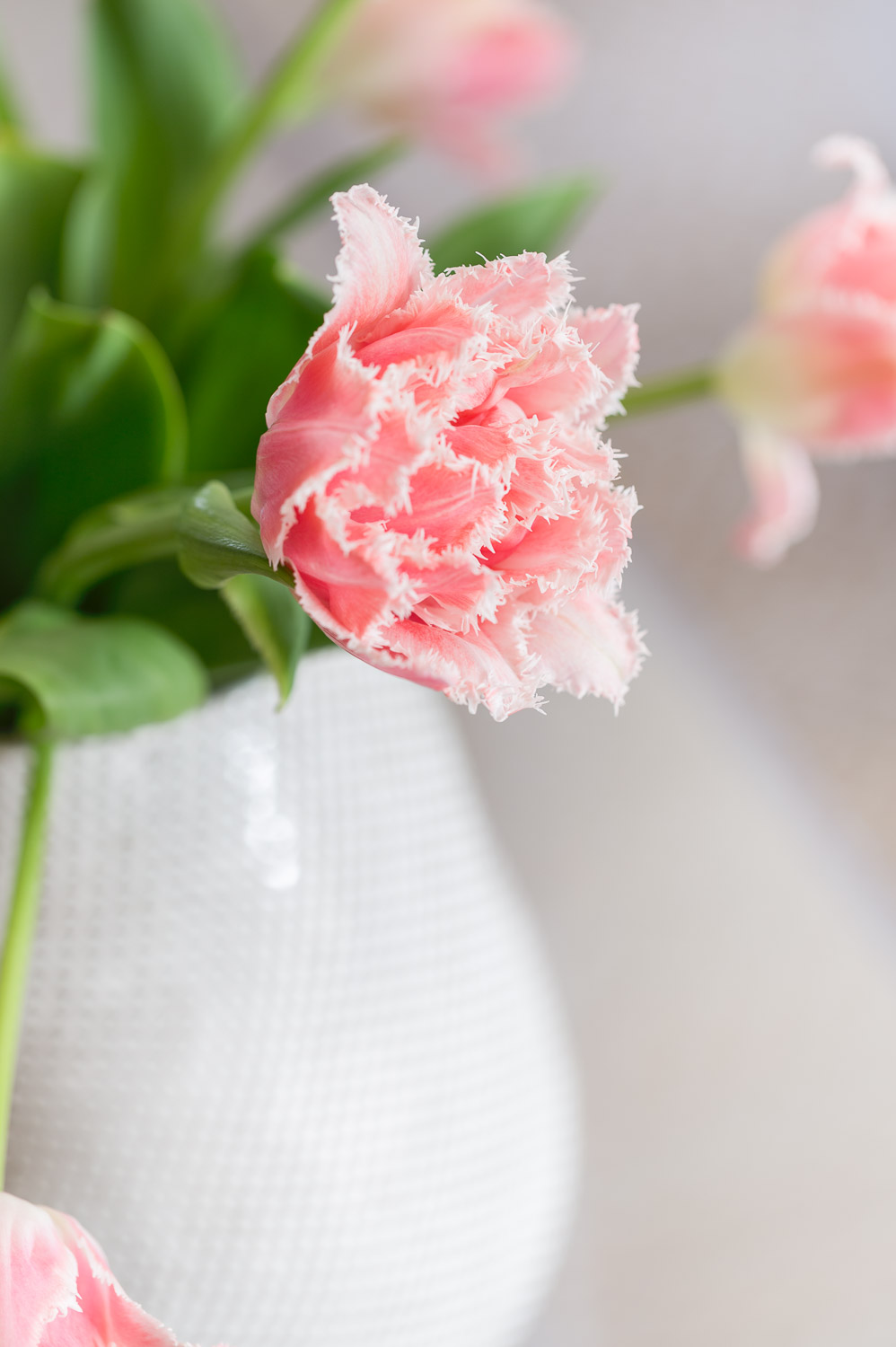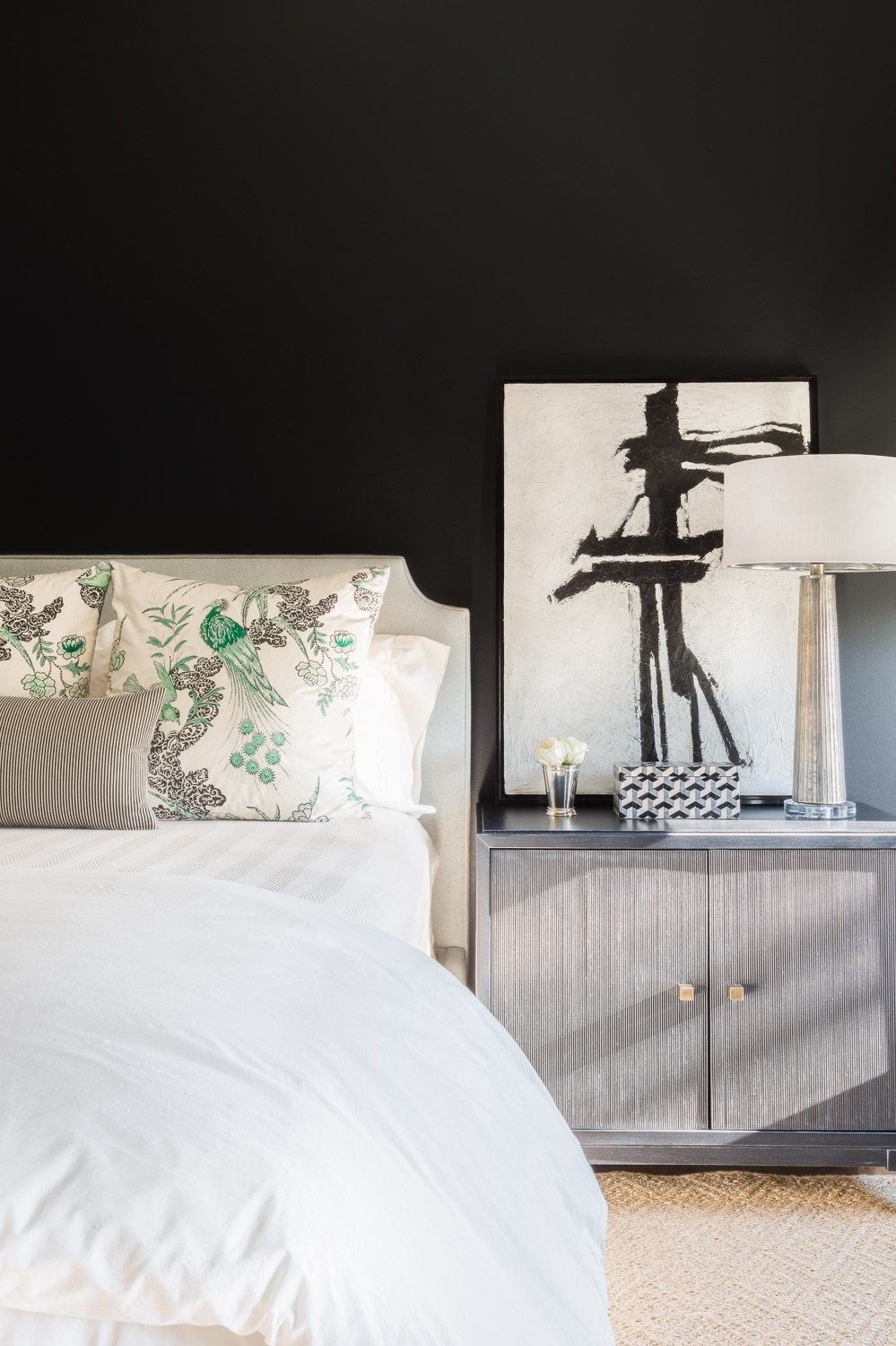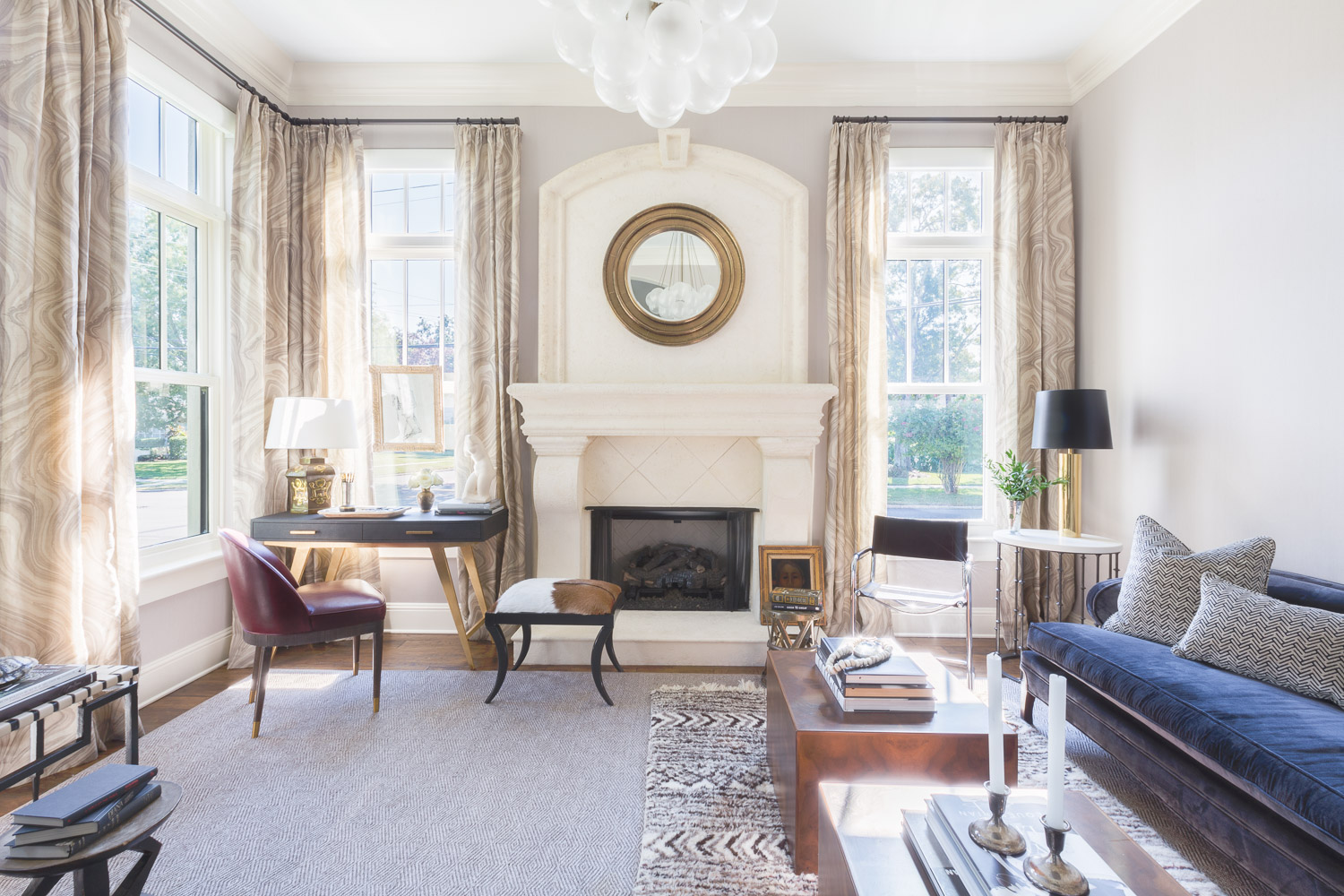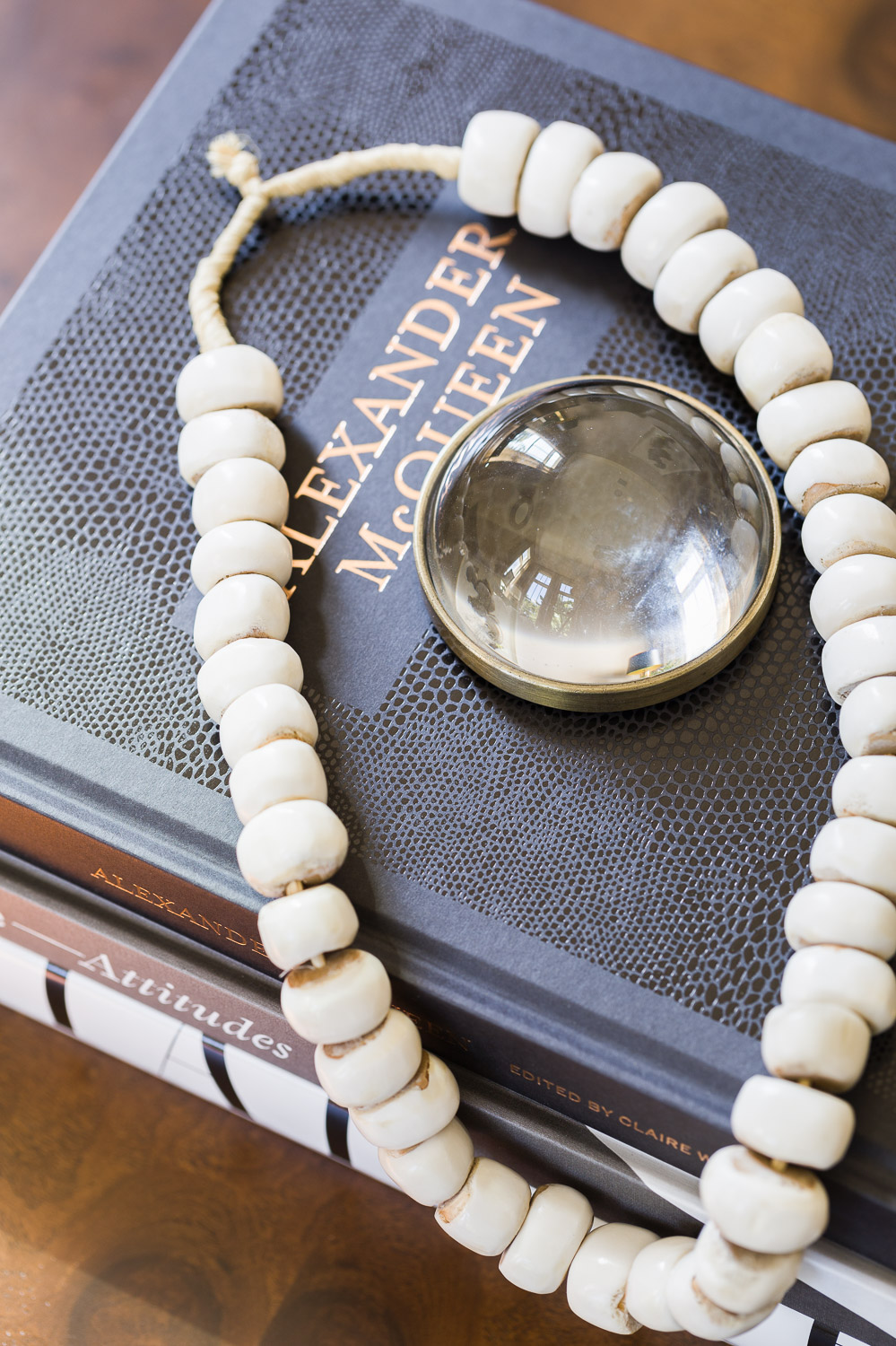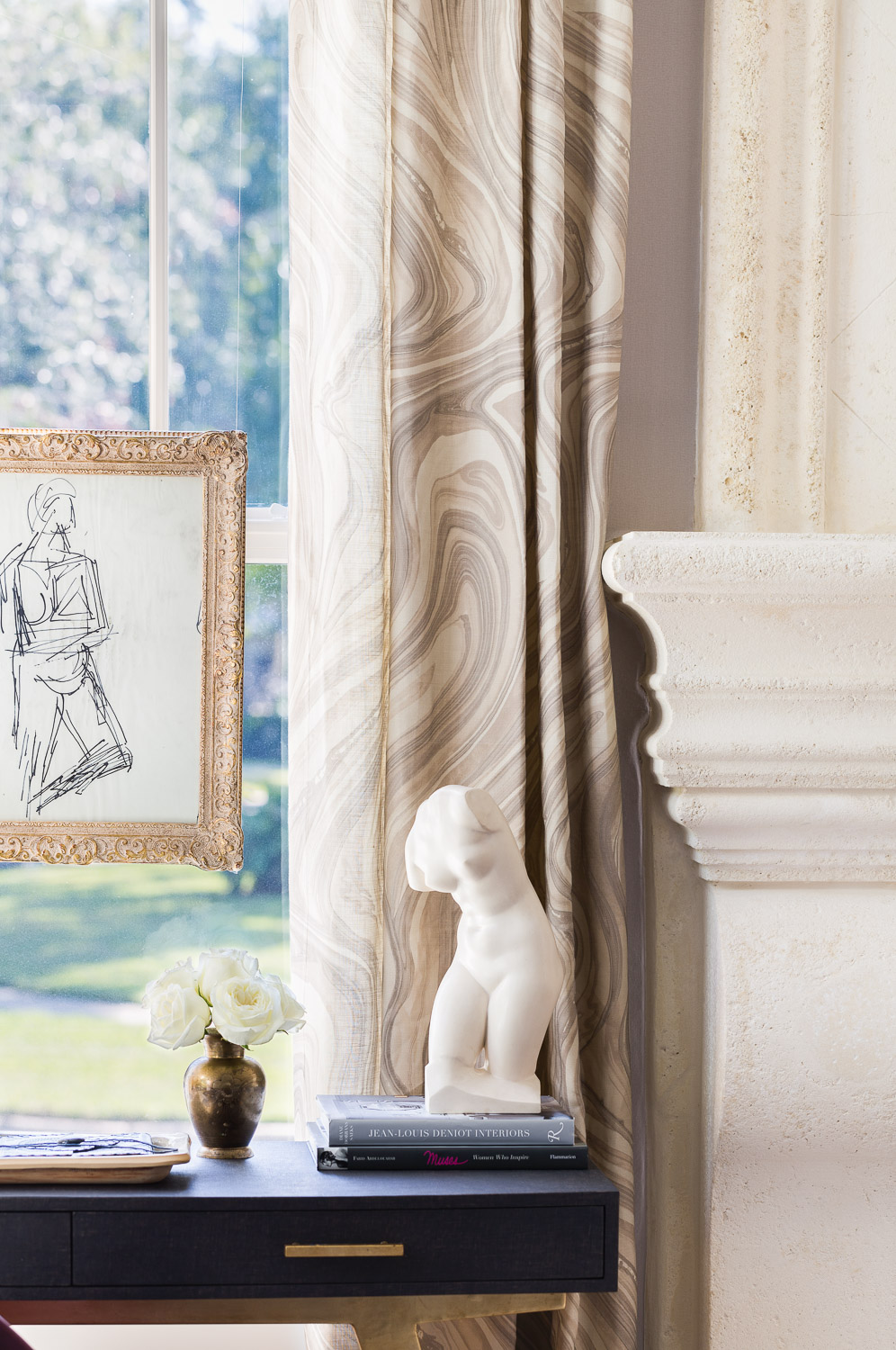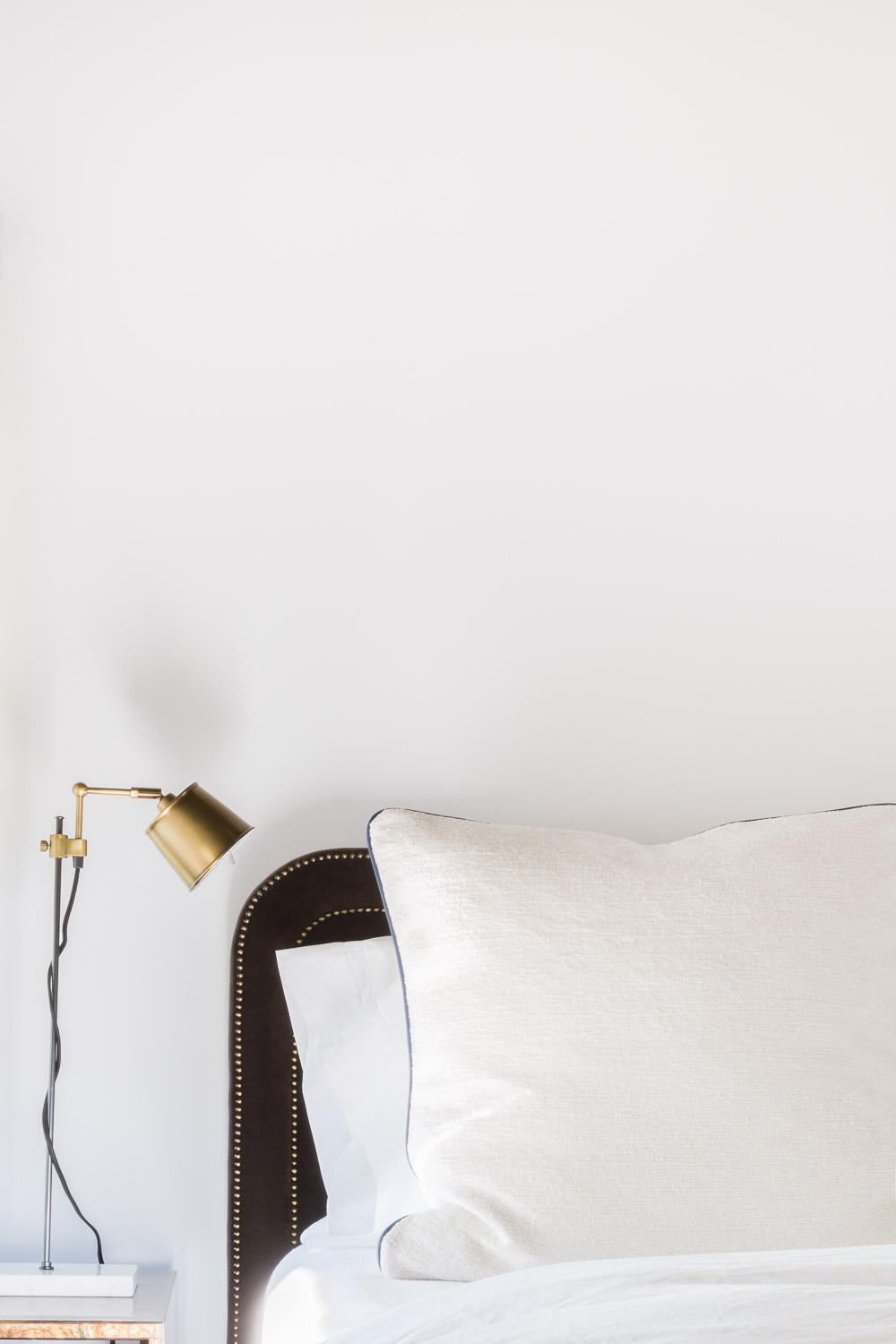From coast to coast, strong female voices are making waves in the design industry, particularly in the South, where a more modern aesthetic and outlook is replacing the stuffy, unapproachable interiors that used to be the norm. But what we love about Jordan Winston, design director at Tampa-based Oxford Design Studio, is her appreciation for the past and the innovative nature in which she’s connecting it to the present. “Traditional Southern style is what influenced me to become a designer,” notes Winston, “the over-the-top matching textiles and packaged furniture sets; I still hold onto that foundation as a designer.”
Winston is taking note of the push out of the unapproachable, like the formal living room, and instead “creating spaces that are livable,” she says. “I desire to create meaningful spaces where the atmosphere feels inviting and personable, while also establishing a level of sophistication. My Southern sensibilities inspire me to craft from local resources, repurposing when I can, and building for beauty and ease of use. Modern Southern style is about throwing away the rule book,” Winston adds, and feeling the freedom to mix pieces, old and new, periods and styles. “It’s an appreciation for the casual, and for the pieces that call for conversation instead of formality.”
Photo: ©Aaron Rolston, Oxford Exchange
Winston’s work is on full display at Tampa’s Oxford Exchange, a stunning mixed-use space that served as the catalyst for the launch of Oxford Design Studio. Here, we sat down with the firm’s design director to hear how Southern style is altering the way she works.
Alyssa Rosenheck: What are your favorite local design boutiques?
Jordan Winston: I love Antique Galleries of St. Petersburg; it’s the thrill of the find and I love sourcing one-of-a kind items for my clients. Of course, I love the retail store at Oxford Exchange. It’s my go-to place for accessorizing clients’ homes. There’s a large selection of coffee table books, unique vessels and accessories, and cashmere throws.
AR: Best shade of black and white?
JW: Alabaster and Black Fox by Sherwin Williams. Both of these avoid being too white or too black, and each color has the power to provide warmth and freshness to a space.
AR: What’s a color that sets a certain mood?
JW: For me, Carolina Blue. It seems to evoke calmness and sophistication while also having personality, and it plays well with other colors. There is an air of wisdom to that shade of blue. It can read traditional or modern, and it has an age and depth to it.
Photo: ©Alyssa Rosenheck
Photo: ©Alyssa Rosenheck
Photo: ©Alyssa Rosenheck
Photo: ©Alyssa Rosenheck
AR: Where do you go to get inspired?
JW: Easy, home. I grew up in the beautiful mountains of Western North Carolina. There is so much rich, natural beauty there and the personality of the place is restorative. It’s also where I first experienced my love for humble design. I admire the beauty of aging—a place that has a story to tell through the dings on a piece of furniture or a well-worn leather seat that is at the right level of comfortable after years of use.
AR: How do you make a house a home?
JW: Homes need to have less rooms, and those rooms need to facilitate quality conversation. I always encourage flexible seating when designing a furniture plan. Flexible seating takes up very little room and can easily be moved from place to place. Usually these are vintage, one-of-a-kind pieces, so now not only are they functional, but they’re capable of eliciting a conversation of their own and add character to the space. It’s like saying, “Pull up a seat and let’s talk!”
AR: Life advice you’ve gotten that made all the difference?
JW: Be yourself and draw from where you came from.
Photo: ©Alyssa Rosenheck
Photo: ©Alyssa Rosenheck
Photo: ©Alyssa Rosenheck
Photo: ©Alyssa Rosenheck
AR: What about design advice?
JW: Take your time. I had a professor in college really emphasize the fact that good, thoughtful design should not be rushed. It’s OK to carve out room to think before you start drawing or selecting. In the end, your client appreciates the time you took to hone in on their wants and needs. It provides them with a design plan that truly reflects their personality. With so many options available at the click of a button, it’s easy to just jump in and pull together a room in a day. I must remind myself to slow down.
AR: What’s your advice for mixing old with new?
JW: Do it. There is nothing that can replace the character of an older piece, whether it is vintage, a fine antique, or heirloom art. Incorporating an older element makes the new pop, feel more approachable, and invites conversation. A good rule of thumb is to make sure you have a good balance of both and know your limits. Plan out your percentage of old and new based on the space and the wishes of a client. Sometimes just one beautiful antique chest is all the old you need to change the room completely.
AR: Tell us something we probably don’t know.
JW: I was a fifth-grade school teacher for 4.5 years before entering the interior design industry. Even while teaching, I found the design and layout of the classroom intriguing. Space planning was key in running a well-behaved class and keeping students interested and comfortable in their environment.
Photo: ©Alyssa Rosenheck
AR: Design book you’ll always have on your shelf?
JW: Art of the House by Bobby McAlpine and Susan Ferrier. The poetic language they use reminds me to keep defining and developing my design sensibility; it’s a reminder to keep mixing the fine and found, the new and old.
AR: What’s on your nightstand?
JW: Right now, vintage lamps I found at a local thrift store, a curated stack of coffee table books, and a long bone-shelled box. I utilize my nightstand so I don’t like to crowd that space. I’m also a big advocate for using covered boxes on nightstands to store items you tend to quickly set down before going to bed—phone chargers, jewelry, and face creams. When styled, it looks clean, fresh, and not too fussy.




